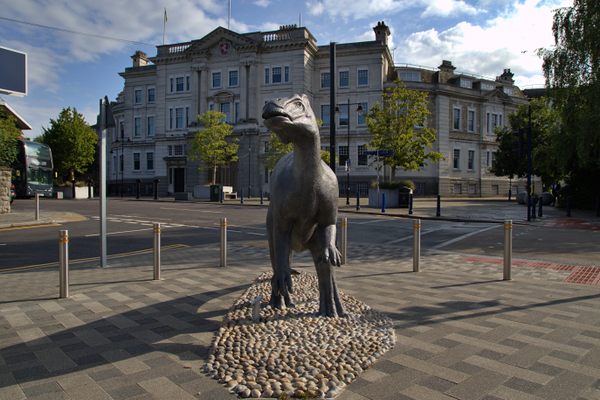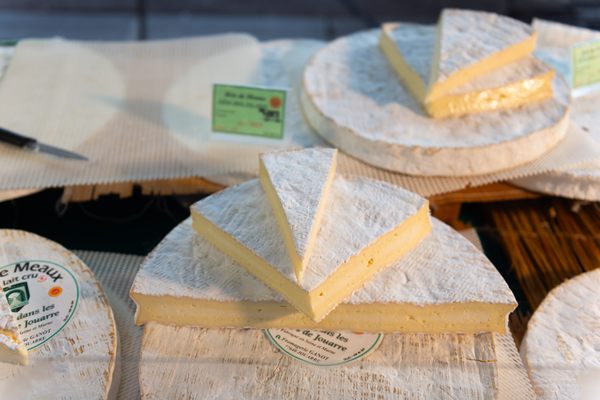About
No country seems to like food museums as much as Spain. Wine, cheese, honey, chocolate: you name it, there's a museum for it. Many exhibitions explore the origins and variations of the long-eaten foods that make the country a culinary destination. One museum in Extremadura, however, is dedicated to one cheese, and one cheese only.
The Museo del Queso in the village of Casar de Cáceres celebrates the centuries-old regional specialty Torta del Casar. Long-ago shepherds, nudging herds of sheep down roads used since Roman times, realized that the cardo, a purple-flowered thistle lining the paths, could coagulate their sheep’s milk into cheese. The thistle, known as cardoon in English, is a relative of the artichoke and gives the slowly-aged cheese its subtle bitter flavor. With an unusually soft, semiliquid center, the pressed cylinder of cheese sags in the middle.
The simple museum, housed in a typical local abode, showcases the production of the cheese as well as the lifestyles of the mere eight families who today produce Torta del Casar. So sacred is the cheese-making process that in 1999, the Extremadura government created the Denominación de Origen del Casar, a regulatory body charged solely with certifying regional Torta and policing imitation cheeses. This body also ensures that the cheese is only made from the milk of Merino and Entrefina sheep—notoriously ungenerous milk-producers. It takes 20 of these sheep to yield 2.2 pounds of cheese. It’s perhaps no surprise that the museum withholds free samples.
Related Tags
Know Before You Go
Check the website for seasonal schedules. Closed Mondays.
Community Contributors
Added By
Published
August 23, 2019






















